Lunar Mass Drivers: Moon Catapults for the Space Economy
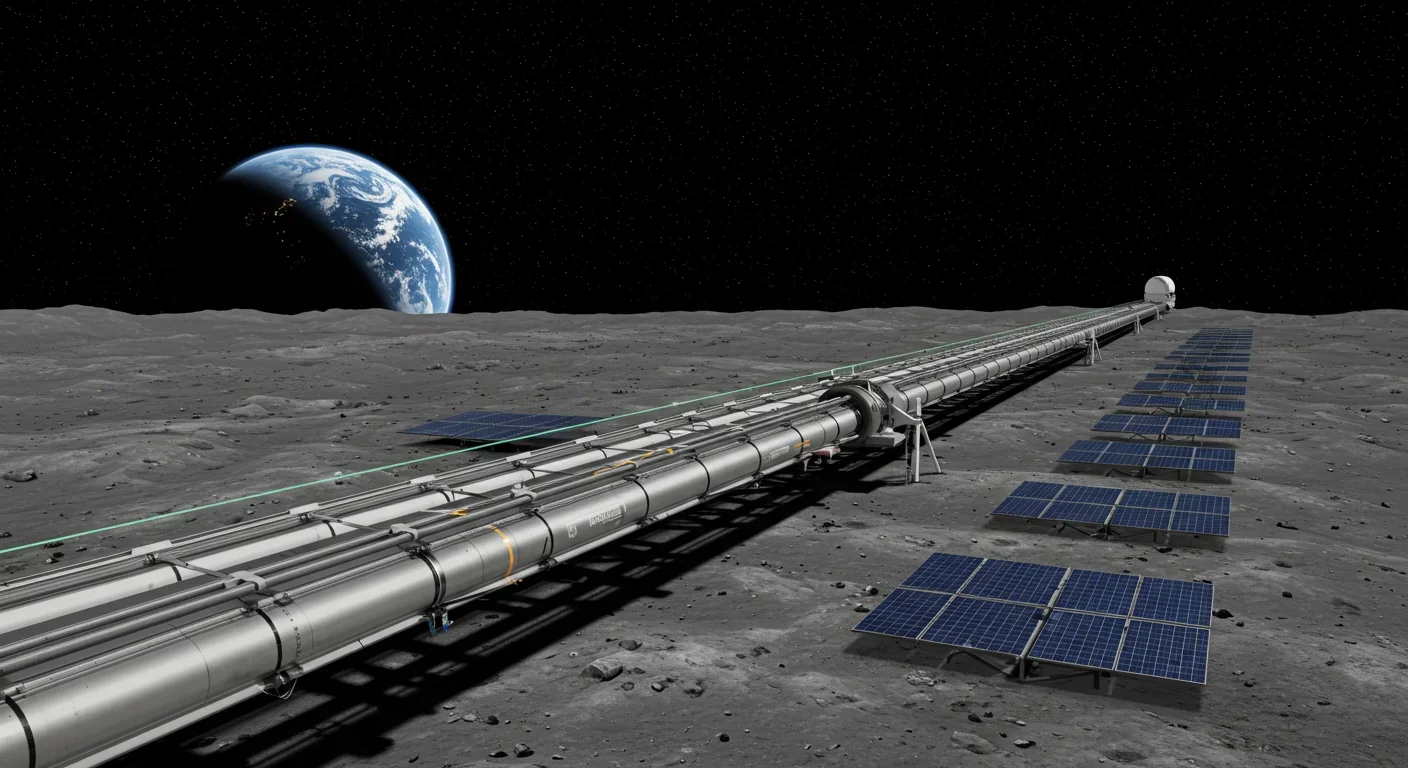
TL;DR: Saturn's moon Titan operates as a natural chemistry laboratory, continuously producing organic molecules that might mirror Earth's prebiotic atmosphere 4 billion years ago. With NASA's Dragonfly mission arriving in 2034, scientists will directly sample this alien world to understand how chemistry becomes biology.
A billion miles from Earth, Saturn's largest moon is conducting chemistry experiments that no terrestrial lab could replicate. Titan's atmosphere represents something extraordinary—a natural laboratory where prebiotic molecules form continuously, offering us a window into what Earth might have looked like billions of years ago, before life emerged.
The Cassini-Huygens mission transformed our understanding of this distant world. When the Huygens probe descended through Titan's murky atmosphere in 2005, it revealed an environment so complex and chemically active that scientists are still parsing through the implications. What makes Titan special isn't just its thick atmosphere—it's what that atmosphere creates.
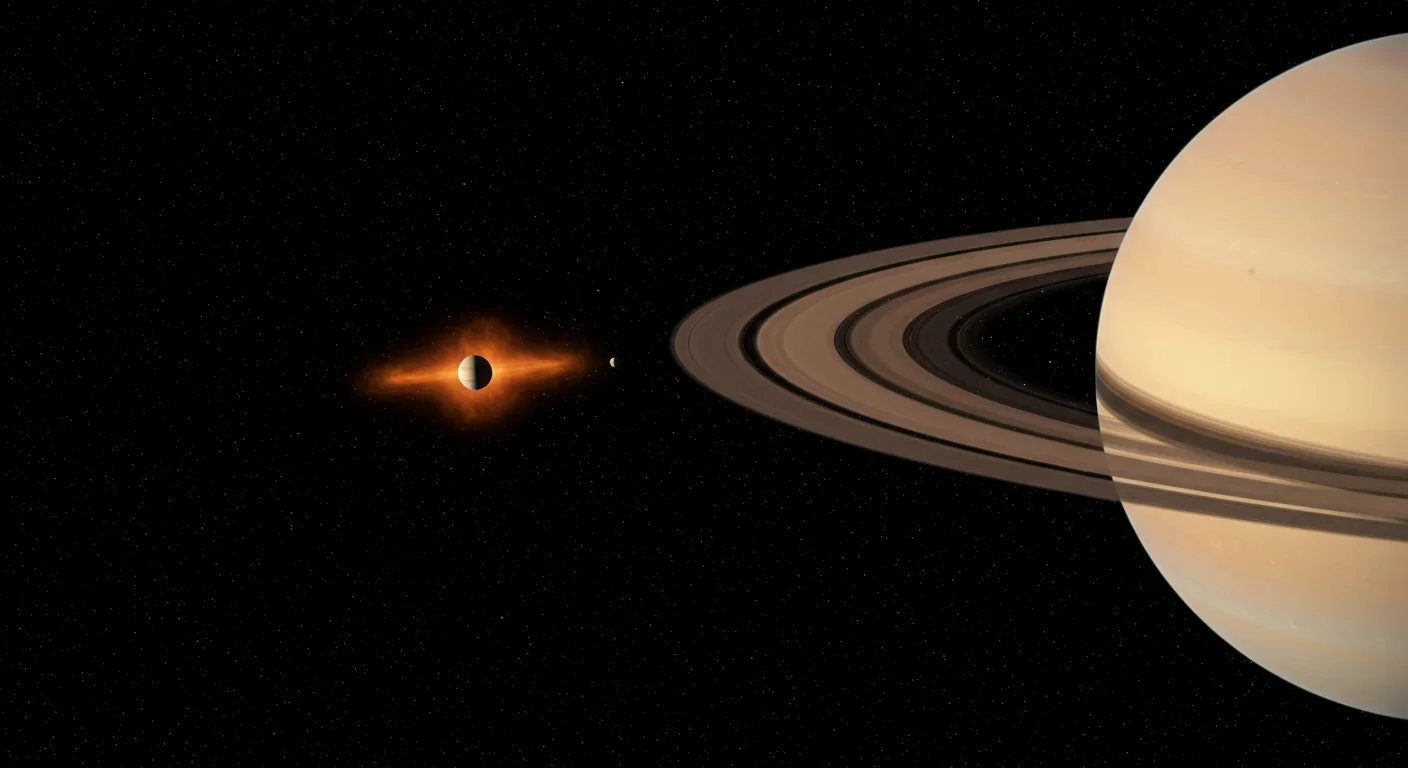
Titan stands alone in our solar system. While most moons are barren, airless rocks, Titan possesses the second-densest atmosphere after Earth. Picture this: 1.5 times the surface pressure of Earth, but at temperatures hovering around -179°C (-290°F). It's cold enough that water ice is as hard as granite, yet warm enough that methane exists as liquid, forming lakes, rivers, and even rainstorms.
The atmosphere itself is a fascinating mix. About 95% nitrogen, similar to Earth, with roughly 5% methane and trace amounts of hydrogen and complex organic molecules. But here's where it gets interesting: unlike Earth's oxygen-rich air, Titan's atmosphere is reducing—meaning it's primed for building complex organic molecules rather than breaking them down.
Titan's atmosphere operates in reverse from Earth's: instead of oxygen breaking down organic molecules, the reducing chemistry builds them up continuously.
When ultraviolet light from the Sun hits the upper atmosphere, it triggers a cascade of chemical reactions. Nitrogen and methane molecules split apart, then recombine into increasingly complex structures. The result? An orange haze of organic aerosols that completely shrouds the moon, making it impossible to see the surface with visible light alone.
Scientists call these complex organic molecules "tholins"—a term coined by astronomer Carl Sagan. Think of tholins as chemical Lego blocks for life: they're not alive, but they contain many of the building blocks that life needs. Amino acids, nucleotide bases, even protocell-like structures—all forming naturally in Titan's atmosphere.
The photochemical processes start high up, around 1,000 kilometers above the surface. Solar radiation breaks molecular bonds, creating reactive fragments. These fragments collide and bond with other molecules, gradually building larger and more complex structures. As these particles grow heavier, they drift downward through the atmosphere like a slow-motion organic snowfall.

What's remarkable is the diversity of molecules created. Cassini's instruments detected benzene, propane, ethane, acetylene, cyanide compounds, and dozens of other carbon-containing molecules. Some of these reactions produce nitriles—molecules containing carbon-nitrogen bonds that are essential in biology. Others form polycyclic aromatic hydrocarbons, the same class of molecules found in Earth's oil deposits and interstellar space.
The atmosphere operates like a giant chemical reactor with multiple zones. In the upper stratosphere, temperatures reach as high as -120°C, warm enough for certain reactions to proceed. Lower down, in the troposphere, temperatures drop and methane can condense into clouds and precipitation. This temperature gradient creates different chemical environments stacked vertically, each producing distinct molecular species.
Here's why Titan matters for understanding life's origins: Earth's early atmosphere might have resembled Titan's. About 4 billion years ago, before photosynthetic organisms filled our air with oxygen, Earth likely had a nitrogen-methane atmosphere similar to Titan's today. The same photochemical processes occurring on Titan might have been building organic molecules on early Earth.
"Titan gives us a window into what Earth was like 4 billion years ago, before life changed everything about our planet's chemistry."
— NASA Astrobiology Research
The famous Miller-Urey experiment in 1953 demonstrated that organic molecules could form from simple gases when exposed to energy. Titan is essentially performing that experiment on a planetary scale, continuously, for billions of years. It's a natural laboratory where we can study prebiotic chemistry in action.
What makes Titan particularly valuable is its stability. The atmospheric chemistry has been occurring for potentially billions of years without biological interference. On Earth, once life emerged, it fundamentally changed atmospheric chemistry. Titan gives us a snapshot of what sustained prebiotic chemistry looks like over geological timescales.
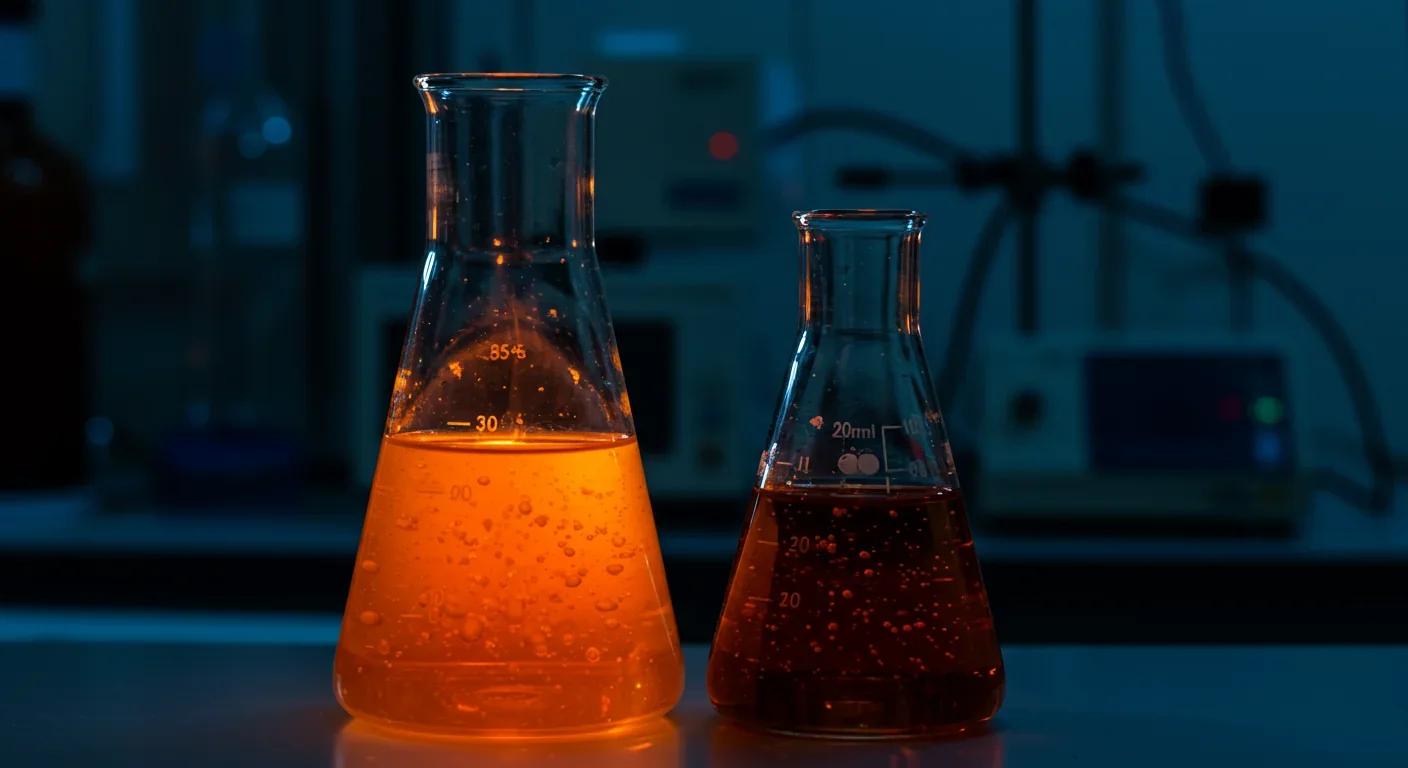
One puzzle has nagged scientists since Titan's atmosphere was first studied: the methane shouldn't be there. Sunlight breaks down methane relatively quickly—within about 30 million years, all of Titan's atmospheric methane should have been destroyed and converted into heavier hydrocarbons. Yet methane persists at 5% of the atmosphere, suggesting something is replenishing it.
Several theories compete to explain this. Cryovolcanism—ice volcanoes—might be erupting methane from Titan's interior. Another possibility involves impacts into methane-clathrate deposits, frozen lattices of water ice that trap methane molecules. When asteroids strike these deposits, they could release stored methane into the atmosphere.
Titan's methane should have vanished 30 million years ago, yet it persists. Something is actively replenishing it—but what?
Recent research suggests multiple sources might contribute. Seasonal temperature changes could cause methane to sublimate from polar lakes. Geological activity in Titan's interior might generate methane through chemical reactions between water and rock. The answer likely involves a combination of processes, creating a methane cycle somewhat analogous to Earth's water cycle.
Understanding this cycle matters because it affects the entire atmospheric chemistry. The rate of methane replenishment determines how much raw material is available for organic molecule production. It also tells us about Titan's interior structure and geological activity—windows into the moon's overall habitability potential.
Titan experiences seasons, though each lasts about 7.5 Earth years because Saturn takes 29.5 years to orbit the Sun. These seasons dramatically affect atmospheric chemistry and dynamics. During northern summer, the north pole receives continuous sunlight, driving enhanced photochemistry and creating a massive polar vortex.
The James Webb Space Telescope recently captured Titan's atmospheric dynamics in unprecedented detail. JWST's infrared observations revealed how clouds form and dissipate, how winds transport organic aerosols from pole to pole, and how temperature gradients create circulation patterns.
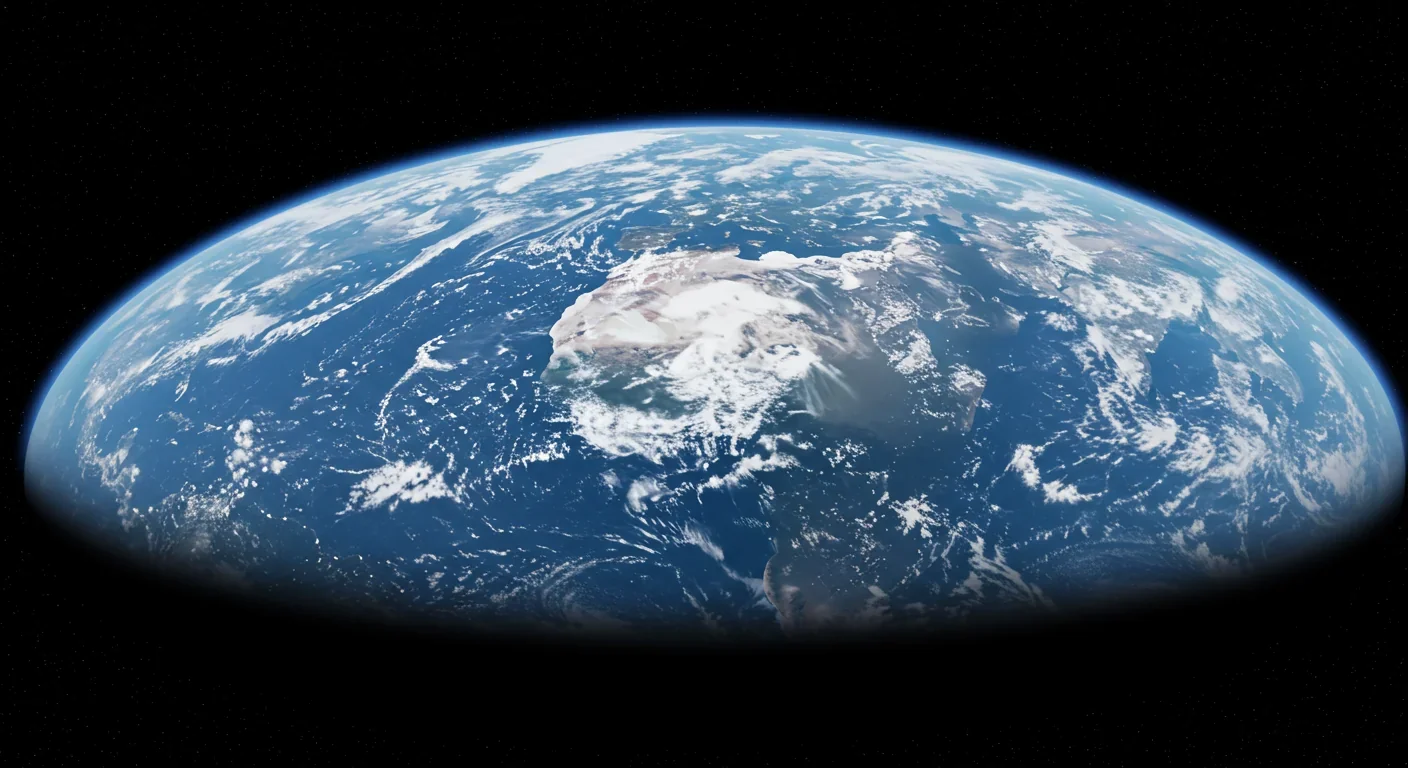
Cassini spent 13 years observing Titan through nearly half a Titanian year, documenting how haze thickness varies with seasons. During winter, the shadowed pole accumulates a thick organic haze. As spring arrives and sunlight returns, the haze dissipates, raining organic molecules onto the surface below. This seasonal "smog" creates distinct color differences between hemispheres visible even from Earth.
The stratospheric winds shift direction with the seasons, reversing circulation patterns every 15 years. These winds transport chemical products across the moon, mixing molecules created at different altitudes and latitudes. The result is a globally integrated chemical system, constantly churning and evolving.
Scientists can't visit Titan easily, so they've brought Titan to Earth—at least chemically. Laboratory experiments simulating Titan's atmosphere use gas mixtures of nitrogen and methane, expose them to energy sources mimicking solar radiation, and observe what forms.
These experiments have produced amino acids, the building blocks of proteins. They've created nucleotide bases, the components of DNA and RNA. Perhaps most intriguingly, when these laboratory-made tholins are mixed with liquid water, they spontaneously form membrane-like structures—protocells that resemble primitive cellular membranes.
"When we recreate Titan's chemistry in the lab, we're watching the molecular steps that might have led to life's emergence on Earth."
— Dr. Sarah Hörst, Planetary Scientist, Johns Hopkins University
The experiments revealed something unexpected: Titan's chemistry operates differently from Earth chemistry in fundamental ways. At Titan's frigid temperatures, reactions that would be impossible on Earth proceed readily. Conversely, some reactions that occur easily at room temperature are frozen out on Titan. This means Titan might be creating molecular species that simply don't form in Earth laboratories under normal conditions.
One recent discovery particularly intrigued researchers: certain organic molecules form more efficiently in Titan-like conditions than in early Earth simulations. This challenges assumptions about prebiotic chemistry and suggests that cold environments might be better at producing life's precursors than previously thought.

When the Huygens probe parachuted through Titan's atmosphere in January 2005, it became the most distant landing humanity had achieved. During its 2.5-hour descent, Huygens measured atmospheric composition, temperature, pressure, and wind speed at multiple altitudes, providing ground truth for orbital observations.
The Gas Chromatograph Mass Spectrometer aboard Cassini continued detecting atmospheric components for 13 years. GCMS could identify individual molecules by their mass, revealing the presence of complex organics that had never been detected before on any world besides Earth.
Cassini's Ion and Neutral Mass Spectrometer characterized the ionosphere—the layer where atoms are stripped of electrons, creating charged particles. This revealed how solar wind and magnetospheric interactions contribute to atmospheric chemistry, adding another dimension to the molecular production process.
The mission documented over 100 close flybys of Titan, each providing new data about atmospheric composition, surface features, and seasonal changes. The accumulated dataset represents the most comprehensive study of any moon in the solar system besides Earth's own.
The chemistry happening in Titan's atmosphere raises a provocative question: could life exist there? The answer depends on how you define life. Titan's surface temperature is far too cold for liquid water—the solvent that Earth life requires. However, Titan has liquid methane in abundance.
Could life use methane the way Earth life uses water? It's speculative, but not impossible. Methane-based biochemistry would function very differently from water-based biology. Chemical reactions would proceed more slowly in the extreme cold. Any hypothetical organisms would need entirely different cellular structures and metabolic pathways.
Titan receives only 1% of Earth's sunlight energy. Even if life could exist in methane lakes, any ecosystem would be sparse, slow-growing, and energy-starved.
A recent study calculated the potential biomass Titan's environment could support if methane-based life existed. The conclusion: not much. Titan's energy input from sunlight is about 1% of Earth's, severely limiting the total biological activity possible. Any ecosystem would be sparse and slow-growing.
More plausibly, Titan's subsurface might harbor life. Beneath the icy crust, a liquid water ocean might exist, warmed by tidal heating and radioactive decay. If this ocean contacts the organic-rich ice above, it could provide both the solvent and the ingredients for water-based life. The atmospheric chemistry would still matter, providing a rain of organic nutrients down to any subsurface habitat.
NASA's Dragonfly mission, scheduled to launch in 2028 and arrive at Titan in 2034, will take atmospheric science to a new level. Unlike Cassini's flybys or Huygens' single descent, Dragonfly is a rotorcraft—essentially a drone—that will fly to multiple locations on Titan's surface.
Dragonfly cleared its Critical Design Review in 2024, marking a major milestone toward construction. The spacecraft will carry a mass spectrometer to analyze atmospheric and surface chemistry directly, a camera suite to image the landscape, and a meteorology package to measure weather conditions.
"Dragonfly will visit Titan's ancient lakebeds and fresh impact craters, searching for the chemical signatures of life or its precursors."
— Dr. Elizabeth Turtle, Dragonfly Principal Investigator, Johns Hopkins APL
The mission's science goals include determining how far prebiotic chemistry has progressed on Titan, investigating the moon's methane cycle, and exploring different geological environments. Dragonfly will visit dune fields, impact craters, and potentially cryovolcanic regions, sampling materials at each location.
What makes Dragonfly revolutionary is mobility. The craft can fly hundreds of kilometers, visiting sites that represent different chemical environments and geological histories. Each landing site becomes a new laboratory for understanding Titan's complex chemistry and geology. This mobility will provide context that single-location missions can't match.
The ultimate value of studying Titan lies in what it teaches us about our own planet. Earth's atmosphere has been completely transformed by life, making it difficult to study prebiotic chemistry directly. Titan offers a pristine example of organic chemistry evolving without biological interference.
When we observe tholin formation on Titan, we're seeing processes that might have occurred on Earth 4 billion years ago. The molecules raining down from Titan's sky might be similar to those that accumulated in Earth's early oceans, eventually giving rise to the first self-replicating systems.
Understanding Titan also informs the search for life beyond our solar system. Exoplanet atmospheres might have compositions more similar to Titan than to modern Earth. Knowing what chemical signatures to expect from prebiotic worlds helps astronomers interpret spectroscopic observations of distant planetary atmospheres.
Titan demonstrates that complex organic chemistry is not rare or special—it's a natural consequence of having nitrogen, carbon, and an energy source. This realization suggests that the ingredients for life might be common throughout the universe, even if life itself remains rare.
Despite decades of study, Titan guards many secrets. How exactly does methane replenishment work? Scientists need more data on Titan's interior structure and geological activity to answer definitively. Are there undiscovered molecule types forming in atmospheric regions Cassini couldn't fully sample? Almost certainly—the chemical space is vast.
Does Titan's atmospheric chemistry ever produce chiral molecules—molecules with a "handedness" like biological molecules on Earth? Laboratory experiments suggest it might, but detecting this would require return samples or much more sophisticated in-situ analysis than current missions can provide.
How do the organic aerosols interact with Titan's surface? When tholins rain down onto lakes, dunes, and ice, do they undergo further chemical transformations? Does surface chemistry contribute new molecules back into the atmosphere? These surface-atmosphere interactions remain poorly understood.
And the biggest question: Does life exist anywhere on Titan? The current evidence doesn't support it, but we've barely scratched the surface—literally and figuratively. The subsurface ocean, if it exists, remains completely unexplored.
Titan represents something rare: a planetary-scale chemistry experiment running continuously, accessible within our solar system. Every year, solar radiation synthesizes tons of organic molecules in Titan's atmosphere. Those molecules drift downward, accumulate on the surface, and potentially react further in lakes and beneath the ice.
No terrestrial laboratory can replicate this scale or complexity. Earth's atmospheric pressure is too low, temperatures too high, and oxygen too abundant. Mars' atmosphere is too thin. Venus is too hot and chemically hostile. Only Titan provides the right combination of conditions for sustained, complex organic chemistry.
As our understanding deepens, Titan increasingly appears not as an alien curiosity, but as a crucial piece in understanding how chemistry gives rise to biology. It's a window into Earth's past and a preview of what prebiotic chemistry might look like on distant worlds.
The next chapter in Titan science begins when Dragonfly lands in the mid-2030s. Until then, scientists continue analyzing Cassini data, conducting laboratory experiments, and using Earth-based telescopes to monitor this distant world. Each new discovery adds another piece to the puzzle of how molecules become life.
What's clear is that Titan isn't just a moon—it's a teacher, showing us the steps chemistry must take on the long road from simple gases to the building blocks of biology. In understanding Titan's atmosphere, we're decoding the recipe book for life itself, written in the language of molecules floating through an alien sky a billion miles from home.

Lunar mass drivers—electromagnetic catapults that launch cargo from the Moon without fuel—could slash space transportation costs from thousands to under $100 per kilogram. This technology would enable affordable space construction, fuel depots, and deep space missions using lunar materials, potentially operational by the 2040s.

Ancient microorganisms called archaea inhabit your gut and perform unique metabolic functions that bacteria cannot, including methane production that enhances nutrient extraction. These primordial partners may influence longevity and offer new therapeutic targets.
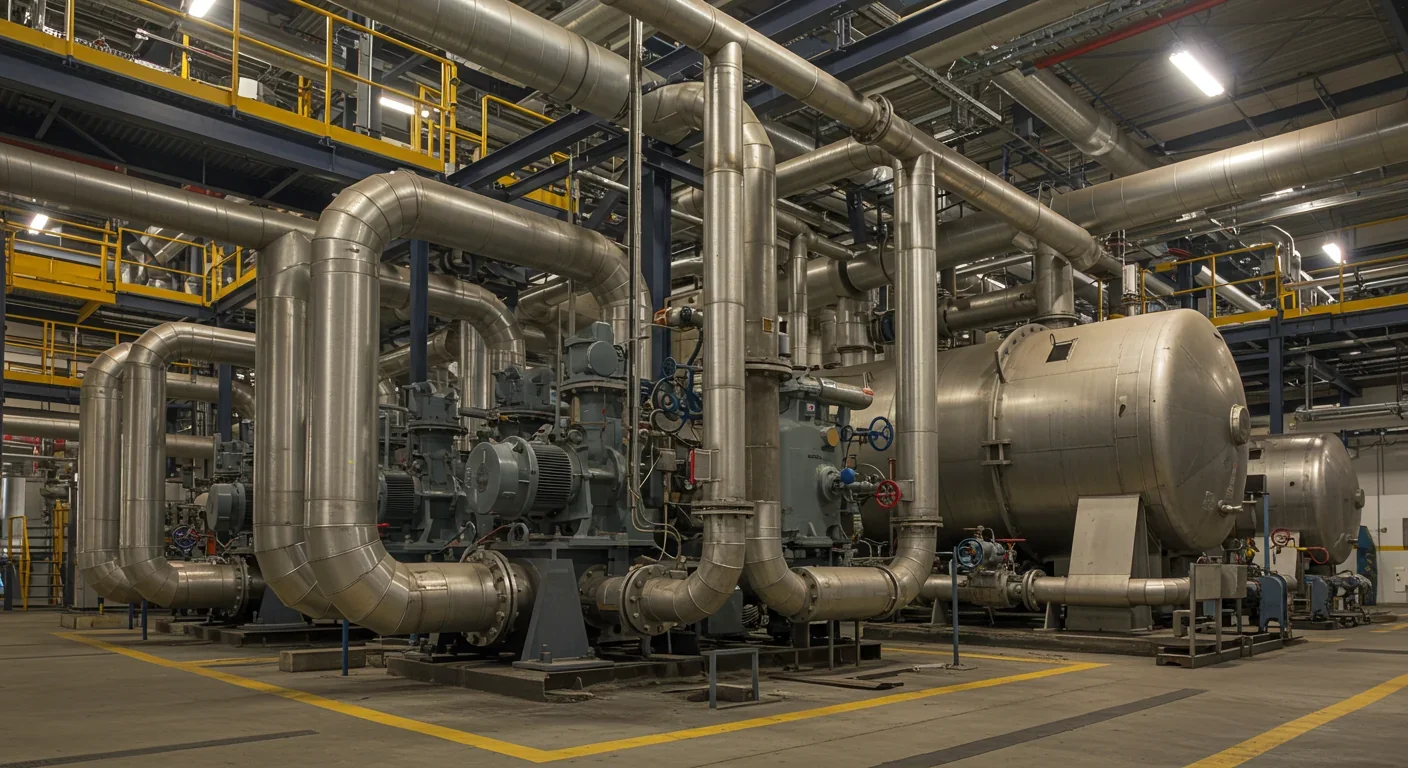
CAES stores excess renewable energy by compressing air in underground caverns, then releases it through turbines during peak demand. New advanced adiabatic systems achieve 70%+ efficiency, making this decades-old technology suddenly competitive for long-duration grid storage.

Human children evolved to be raised by multiple caregivers—grandparents, siblings, and community members—not just two parents. Research shows alloparenting reduces parental burnout, improves child development, and is the biological norm across cultures.
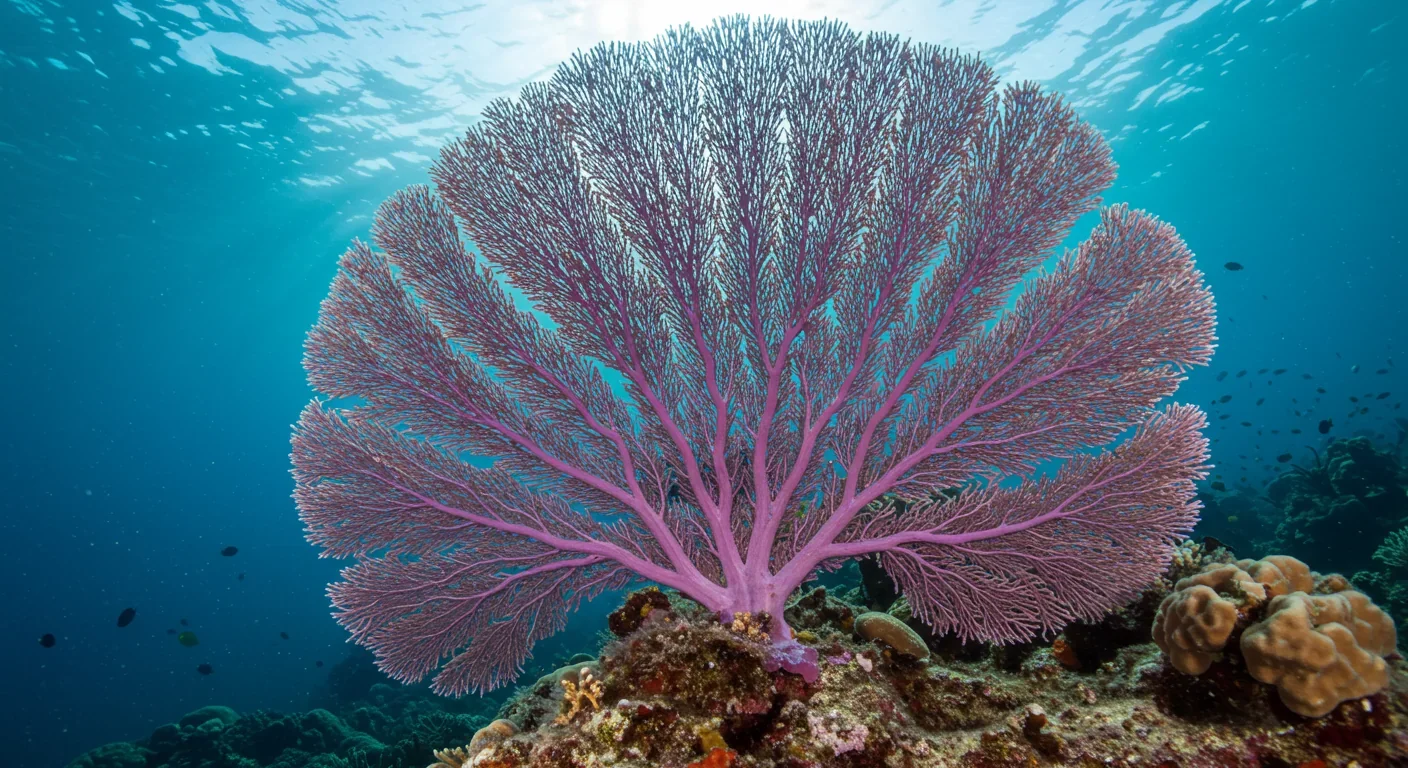
Soft corals have weaponized their symbiotic algae to produce potent chemical defenses, creating compounds with revolutionary pharmaceutical potential while reshaping our understanding of marine ecosystems facing climate change.

Generation Z is the first cohort to come of age amid a polycrisis - interconnected global failures spanning climate, economy, democracy, and health. This cascading reality is fundamentally reshaping how young people think, plan their lives, and organize for change.

Zero-trust security eliminates implicit network trust by requiring continuous verification of every access request. Organizations are rapidly adopting this architecture to address cloud computing, remote work, and sophisticated threats that rendered perimeter defenses obsolete.